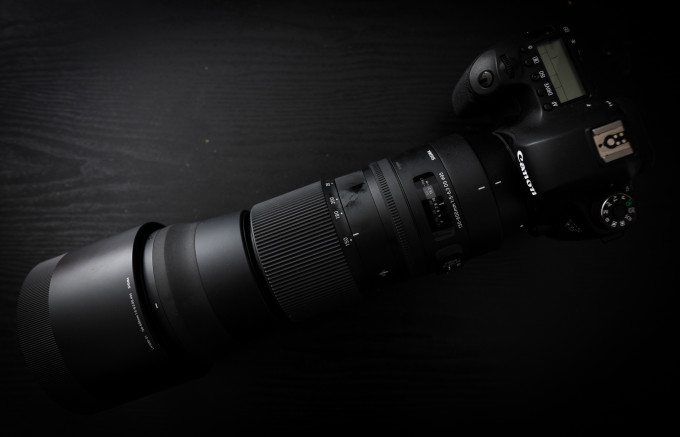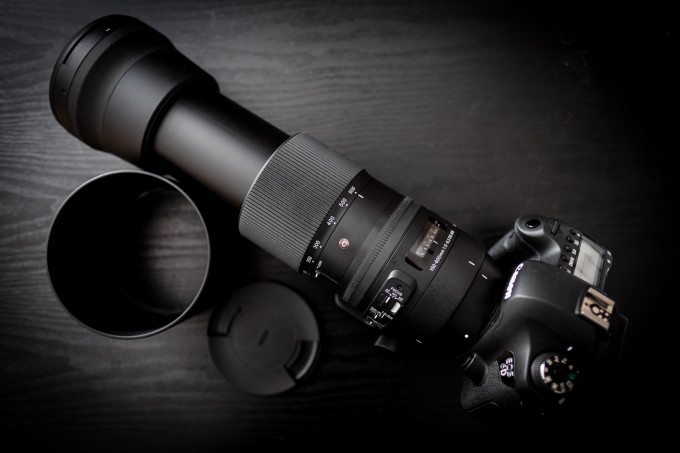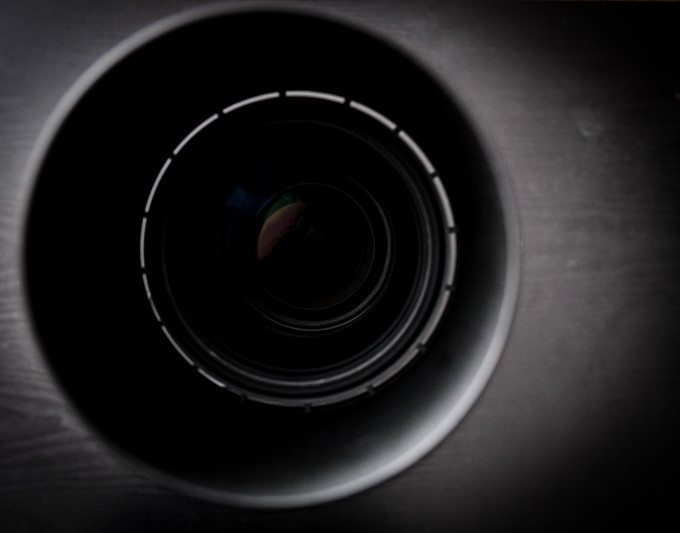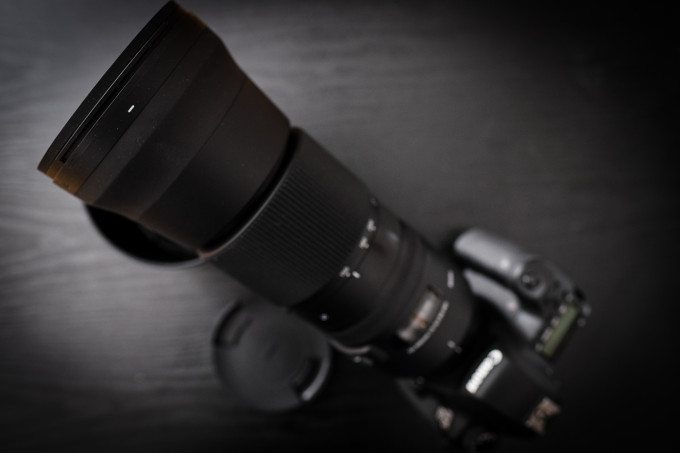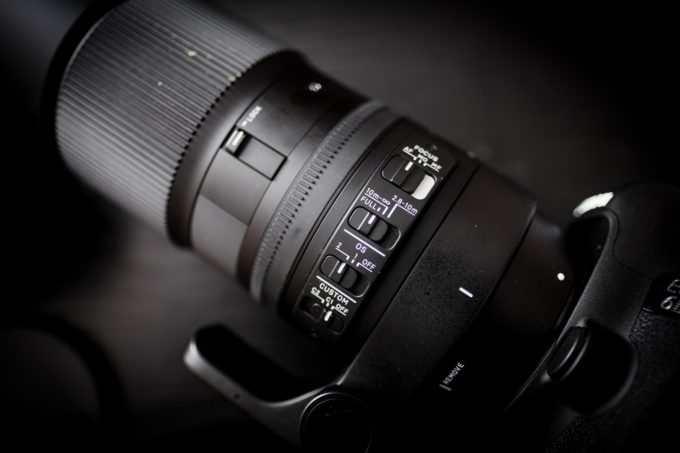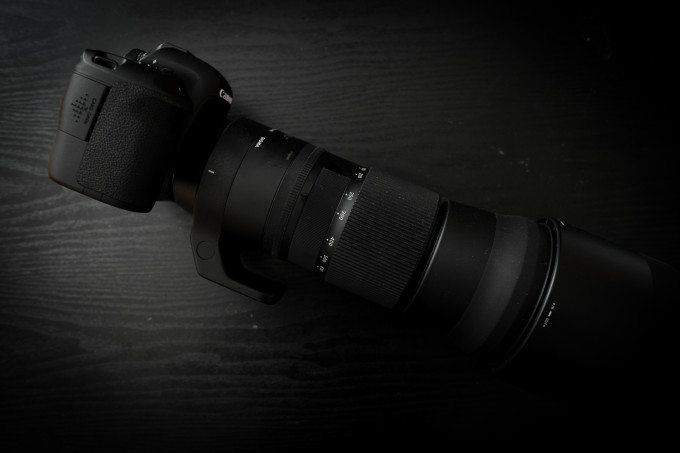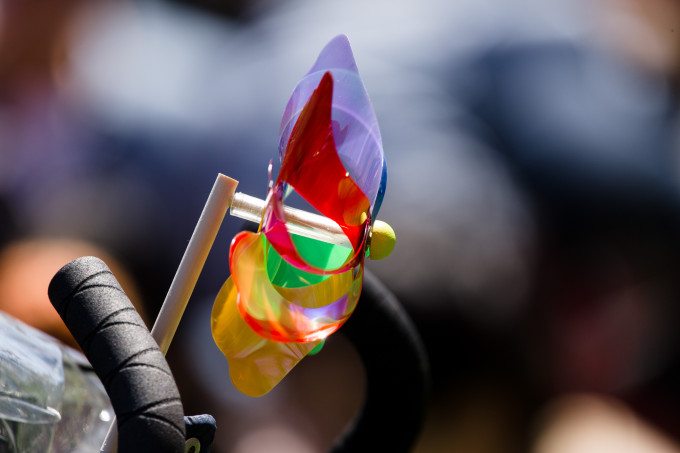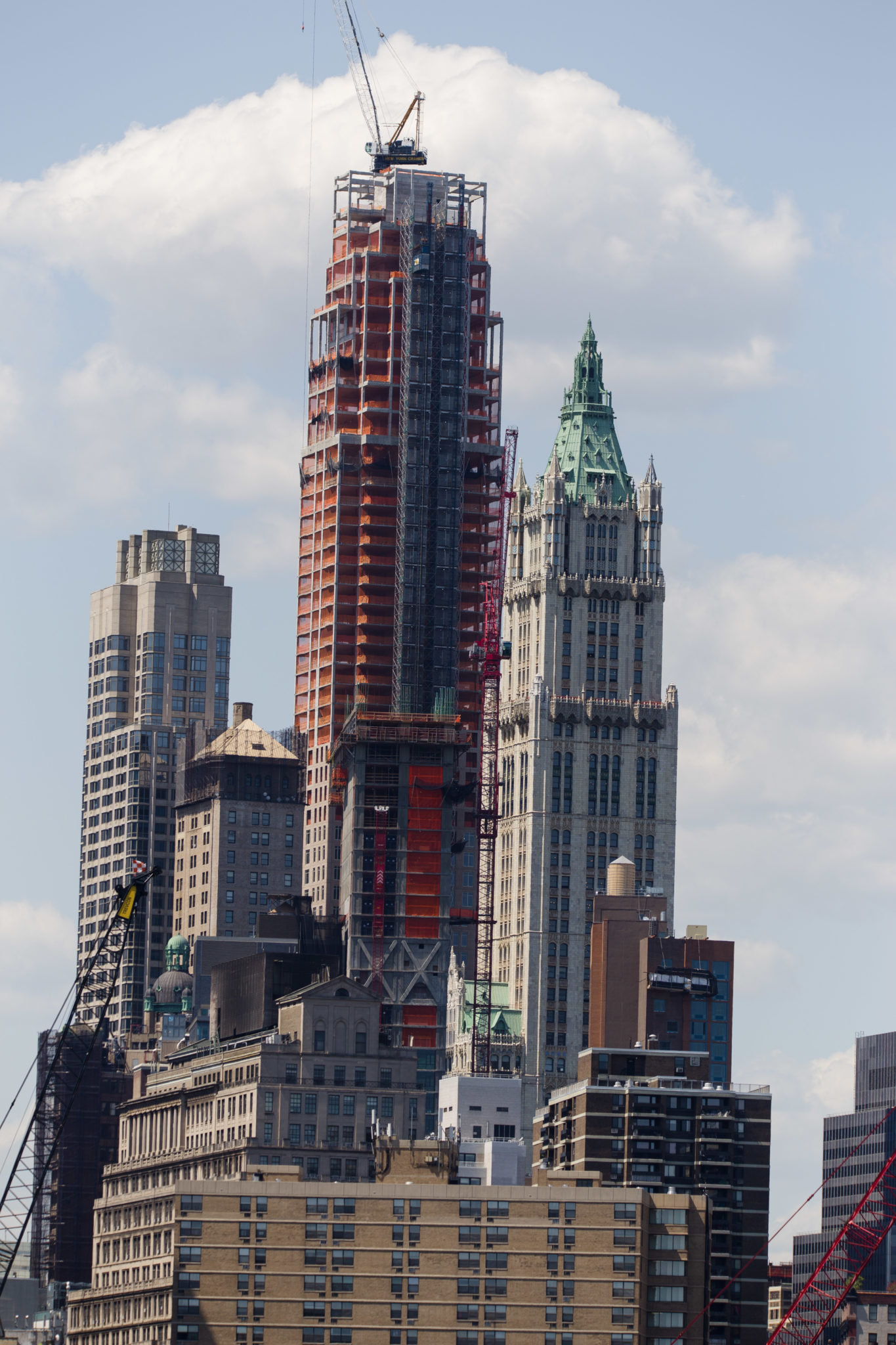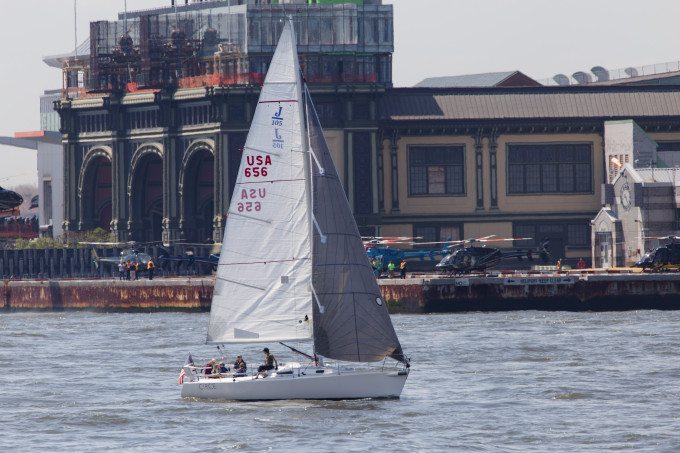Sigma offers the 150-600mm f5-6.3 lens in two different flavors: Sports and Contemporary. For those of us that failed Phys Ed, the company designed the Contemporary lens with a smaller size and lighter weight over the Sports’ better image quality and better optics. But that doesn’t mean that this lens is a slouch at all–and for what you’re paying for it, it shouldn’t be.
This lens is aimed at the high end enthusiast, though at its current price point it’s really not badly priced considering what you’re getting in a package like this. But at the same time, we think that the person using this lens really has to know what they’re doing–and a couple of specific ergonomic changes are only part of what makes us think that.
Pros and Cons

Pros
– Your friends will be jealous.
– Excellent image quality, though not as good as some of the company’s other lenses.
– Tripod collar is large enough to also allow you to carry the lens in your hand.
– Pretty lightweight to maneuver around with even while on the go.
– Effective image stabilization; though please keep in mind that that still won’t necessarily stop fast motion
– Surprisingly fast to focus even with moving objects
Cons
– F6.3 on the long end means that you won’t be using this lens a lot at night unless you’re ready to go nuclear in the ISO realm.
– Large
– Heavy
– Switches get knocked off of your settings too quickly; and a way to lock the switches would be really, really appreciated.
– Attracts one too many “big lens” jokes from your more immature friends.
Gear Used
We tested the Sigma 150-600mm f5-6.3 Contemporary lens with the Canon 6D, Adorama Flashpoint Li-Ion flash, and the Langly Alpha Pro camera bag.
Tech Specs
Specs taken from the Adorama of the lens
- Construction
- 20 Elements in 14 Groups
- Angle of view
- 16.4°- 4.1°
- Number of Diaphragm Blades
- 9
- F stop range
- F5 – F22
- Closest Focusing Distance
- 280cm / 110 in.
- Maximum Magnification
- 1:5
- Filter Size
- 105mm
- Dimensions (Diameter x Length)
- 105×260.1mm/ 4.1×10.2in
- Weight
- TBD
Ergonomics
The Sigma 150-600mm f5-6.3 Contemporary lens is massive. If you think a 70-200mm f2.8 is too big for you, then you’ll think that this lens is enormous. We start our ergonomic tour with the top of the lens. You can see its all metal construction, a big zoom ring on front, a super small manual focusing ring in the back, switches on the side and an equally big lens hood.
Here you can also see what it looks like when zoomed all the way in. Indeed, the lens almost doubles in size.
Move to the front of the lens and you’ll spot the 95mm filter thread front element. If you purchase a lens like this, you may want to protect it with a filter.
As you can see, the 150-600mm f5-6.3 Contemporary isn’t that much smaller without the lens hood, though the hood is recommended to protect this behemoth.
On the side, you can spot the switches that control focusing type, image stabilization type, and focusing range. If you want to only focus closer, you totally can. Same applies for further away or the entire range.
The lens includes not only a lens hood but also tripod collar that is small, but still makes gripping onto the lens pretty simple.
Build Quality
Despite this lens being in the Contemporary lineup of the Global Vision of Sigma, it feels incredibly well built. In fact, it’s the best built lens that we’ve played with in the contemporary lineup and we dare say that it’s better than some of the Art lenses.
However, a problem that we have with the build quality has to do with the side switches. These switches could use some sort of locking mechanism to ensure that they don’t come out of place when the lens goes into your bag or you put the lens down for only a minute.
Otherwise, just note that you can potentially poke an eye out when zooming in and out.
Autofocus
We tested the lens during a short soccer game taking place in Williamsburg along with sessions tracking dogs running and lots more. For still subjects that aren’t moving around a lot, the autofocus acquisition is very quick. When it comes to moving object, the lens can take a little bit longer with the 6D though we’re sure it will be faster with better DSLRs.
We adapted it onto a Sony A7 with a Metabones adapter, and the lens slowed down way too much. If you’re going to do that, don’t even bother with autofocusing. Just manually focus the darn thing.
Ease of Use
Though theoretically anyone can pick the lens up and take a great photo, this is mostly aimed at the person who knows what they’re doing and we highly encourage its use not only for portraits and intramural sports, but also for travel and bird photography.
Image Quality
In our tests, we’ve found that there isn’t much to hate with the Sigma 150-600mm f5-6.3 Contemporary’s image quality. Is it sharp? Yes. Can it be sharper? Probably, but we have yet to test the sports version of the lens, though we’re certain that the sharpness on that lens will blow this one out of the water.
But as for the other aspects of image quality, there is absolutely nothing to complain about. At the telephoto end of things, you’re only going to get top notch bokeh and color rendition. In fact, we couldn’t find any color fringing in our samples unless we ourselves bumped the contrast, highlights or shadows quite a bit.
Sharpness
Like every lens, the sharpest performance comes from this lens when a diffused flash is used to bring our extra specular highlights. When using a flash, we found the sharpness to be great but we indeed need to say that we’ve seen sharper lenses. We’d normally be surprised, but when you consider that the primary purpose of this lens was to offer portability, you start to understand the differences.
If we had to do any sort of comparisons, we’d have to say that this lens is sharper than Canon’s closest competitor but not Nikon’s.
Bokeh
You have absolutely no reason to complain about the bokeh here. It’s beautiful and we purposely took the sample image above to show off its transitions from busy to less busy in the overall image.
However, in this image you’ll see that the bokeh is super smooth and very beautiful. Again, you’ve got no reason to complain especially when you consider the quality of the colors.
Color Rendition
This lens tends to saturate images all across the board. In fact, we have to say that it offers the most saturated image quality that we’ve seen even over the Art lenses which seem to boost contrast and micro-contrast to make other colors pop quite a bit. If you like the really wet look in your scenes, then this lens is for you. But for portraits, you’ll need to know how to tone it down a bit.
Color Fringing
In our tests, we found no evidence of color fringing with images right from the camera. Considering what you’re paying, it shouldn’t be there.
Extra Image Samples
ALL EXIF DATA LEFT IN PLACE; SIMPLY CLICK THE IMAGES AND IT WILL APPEAR IN THE URL.
Conclusions
Likes
– Good image quality, though not the best
– Solid build quality
– Great bokeh
Dislikes
– Big, heavy
– Wish Sigma would have taken harsher measures to make the lens smaller like making the aperture more variable through the zoom range.
The Sigma 150-600mm f5-6.3 Contemporary is a good lens for who it’s targeted at, but in some ways we don’t think that it was necessary. If someone just wants to better image quality of the Sports edition, then they’re going to go for the Sports lens. For what it’s worth, there are many more compact lens options and nothing really beats a superzoom lens when you’re travelling. However, this lens is priced at the right spot to attract many hobbyists, though it’s large size may turn some folks off.
In terms of performance, you can’t really hate on this lens. It offers sharp image quality though not the sharpest, has super saturated color rendition, great autofocus speed performance, and an excellent build quality. But again, I’m not sure who will go for this over the convenience and smaller size of a superzoom lens.
We rate the Sigma 150-600mm f5-6.3 Contemporary four out of five stars. Want one? Check out the Adorama listing for more.


